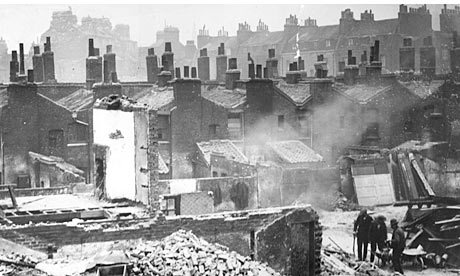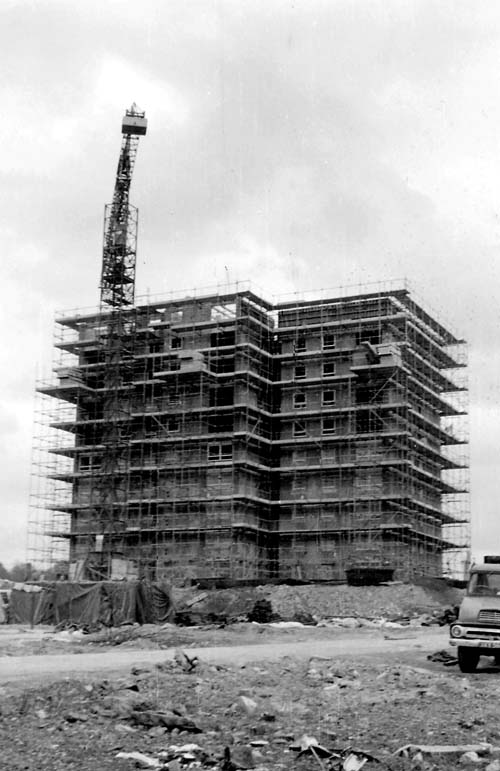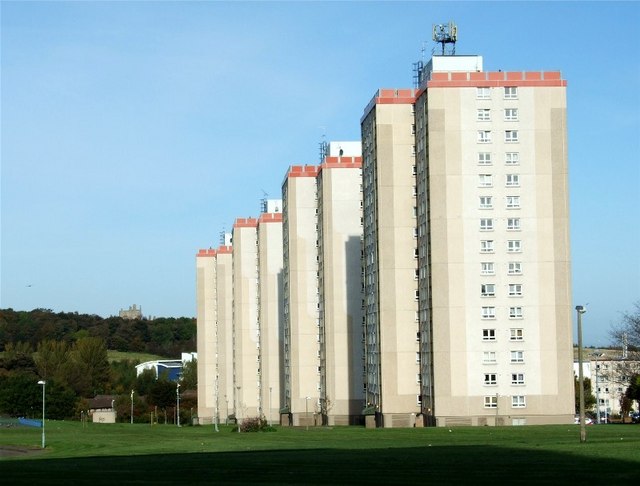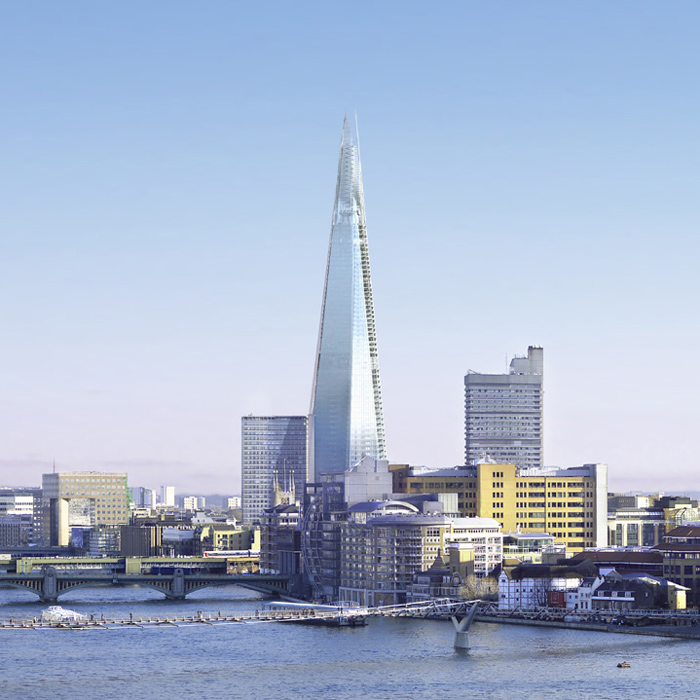
High rise building is not a feature of modern living; the ancient empires of Egypt, Greece and Rome have examples of huge buildings and living accommodation of 6, 7 and 8 floors. As time went on the construction of these tall buildings was generally limited to religious and civic buildings.
The driving force behind the general take-up of High Rise building was the advances made during the industrial revolution and the subsequent population migration from rural to town and city living.
As the Towns and Cities became overpopulated the simplest expansion technique seemed to be to build higher and the ‘new technologies’ and monies coming out of the industrial revolution started to allow the building of very tall buildings.
America was the first country to start constructing tall buildings for general accommodation. In the mid 19th century Chicago (and soon after New York) embarked on ambitious High rise development, but as brick was the major construction material, the general limit to the buildings was 10 Stories. As advances were made the quest for the true Sky-scraper was started in earnest. By the turn of the 19th century High rise construction techniques had been all but perfected and with the adoption of the electrical Lift, High rise living was an established fact.

In the UK High rise building was primarily used to address the chronic housing shortage following World War II. The Housing act 1930 had started many local authorities in slum clearance and regeneration but the outbreak of war interrupted this. Post war the slum clearance program was restarted and a massive housing development program was started, that also had to replace the many properties that were bomb damaged. The pace of population growth was outrunning the supply of houses
Architects and planners favoured a modernist approach and the 'streets in the sky' were devised. This was against a backdrop of political change, a new Conservative government was elected in in 1951 and after initially pledging to increase council house production in line with manifesto targets, sizes and standards were reduced and a greater emphasis of house building was given back to the private sector.

The increased development of high rise blocks of flats during the 1950s and 60s can be directly attributed to a response to the Government's subsidy system. From 1956, subsidy was confined to new houses built to replace those lost to slum clearance and there was more money available for blocks of more than six storeys high. Helped by this subsidy, neighborhoods all over the country were being demolished and rebuilt according to modern town planning concepts of mixed estates with low and high-rise building. Council house building redoubled in London and by the 1960s over 300,000 new flats had been added to London’s stock. Many of the new dwellings were in the form of multi-storey tower blocks which seems the ideal solution to the housing problem at the time.

However, the concept of council high rise flats was criticised in later years for creating poor quality badly built housing and high-density estates and many of the new estates had become hard to let and hard to live in by the 1970s. In reality many of the flats were built at low cost on run-down inner city areas or alternatively on remote low cost suburban sites, some quickly gaining a poor reputation. Many estates developed a bad reputation with a high concentration of problem tenants. By the mid 1980's council's began to move people out and rehouse them elsewhere. Many estate has since been demolished at massive cost.
Between the end of the war and the beginning of the 1990s 6,544 multi-storey blocks of 6 floors or over, were built in the United Kingdom. These provided just over 400,000 high-rise dwellings. The real boom years for tower block building were from about 1953 to 1972.(1) With the average dwelling of 3 occupants, across the UK this account for 1.2 million people or about 1.5% of UK population live in High Rise accommodation.
Commercial high rise development has has followed the same time lines as residential development. As cities were commercialised so space became limited, and therefore more expensive to own. to capitalise on this companies would need to built higher density office space, usually this was in the form of Tall buildings

One of Londons newest, and most expensive building developement works are High rise, multi function (Residential, Commercial & Hotel) : The Shard (309.6 metres)
